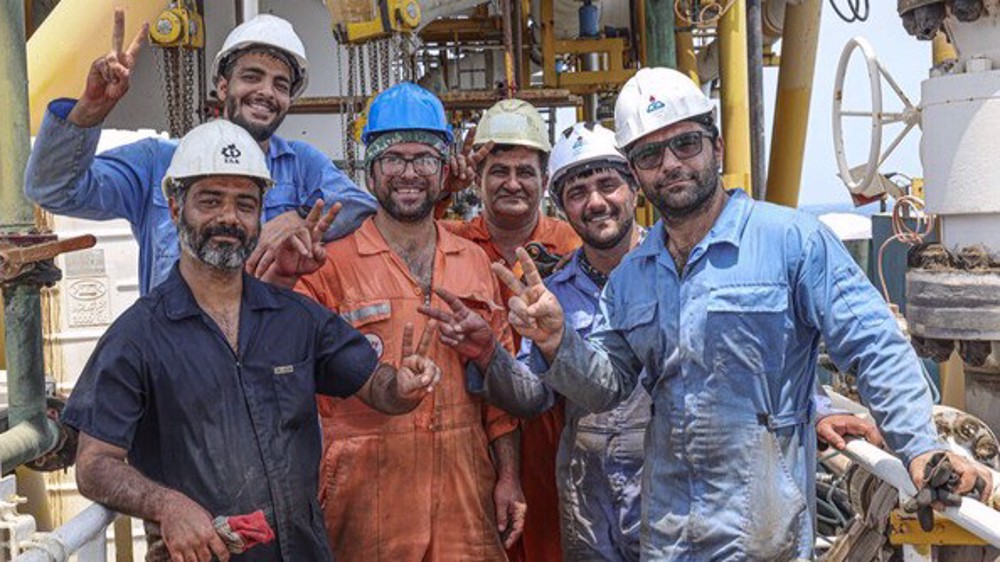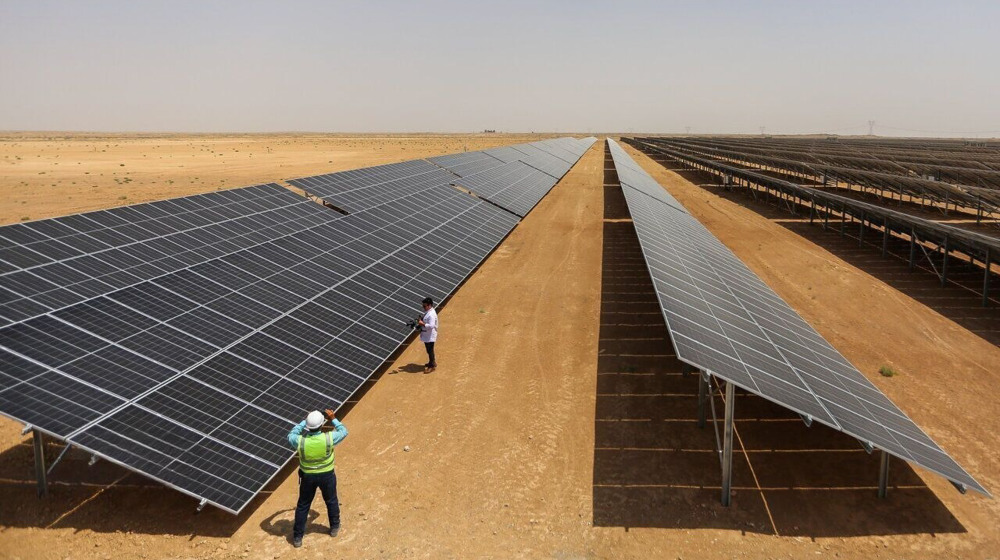Iran plans to raise oil output by over 700,000 bpd: NIOC head
Managing director of National Iranian Oil Company says the country is planning to boost its crude oil production by over 700,000 barrels per day (bpd) through investing USD 20 billion in the sector.
Speaking to reporters on Thursday, Roknoddin Javadi noted that the output hike will be realized by late March 2018.
“This amount of production will be realized by investing USD 20 billion in West Karoun oil fields through buyback deals,” he added.
The official noted that in line with Iran's Fifth Economic Development Plan (2010-2014) the country's potential oil production capacity hit 3.8 million bpd by the end of the previous Iranian year (ended March 20, 2015), adding that the figure should reach 3.96 million bpd by the end of the current year.
Managing director of NIOC further noted that the company’s goal is to reach a daily crude output of 5 million bpd by the end of the Sixth Economic Development Plan along with the daily production of one million barrels of condensate.

“On the whole, total production of crude oil and condensate is to hit 6 million barrels per day” by the end of the Sixth Economic Development Plan, he added.
The official’s remarks came after Iran’s Petroleum Minister Bijan Namdar Zangeneh announced on March 28 that the Islamic Republic is ready to provide global markets with an extra one million barrels of its crude oil per day.
He added that the increase will be materialized as soon as the sanctions against the country’s oil exports are lifted.
The sanctions were imposed on Iran's energy and financial sectors at the beginning of 2012 by the US and EU claiming that there is a military aspect to Iran's peaceful nuclear program; an allegation Iran categorically rejected.

The Islamic Republic and the P5+1 group of countries – the US, the UK, France, Germany, Russia and China – reached a mutual understanding on April 2 in the Swiss city of Lausanne, which is considered a prelude to the achievement of a comprehensive deal on Iran's nuclear program before a self-designated deadline at the end of June. A key point of Lausanne statement was a promise to lift a series of economic sanctions on Iran – including those on the country’s oil industry.
Iran’s current oil production is estimated to be around 2.7 mil bpd of which about 1 million barrels are exported – as required by the current regime of sanctions.
Iran holds the world's fourth-largest proven crude oil reserves and the second-largest natural gas reserves.
The country’s total in-place oil reserves have been estimated at more than 560 billion barrels, with about 140 billion barrels of recoverable oil. Heavy and extra-heavy varieties of crude oil account for roughly 70-100 billion barrels of the total reserves.
SS/SS
VIDEO | Press TV's news headlines
VIDEO | No war for oil: Londoners protest US bullying Venezuela
VIDEO | French MP demands inquiry into arms sales to Israel
Iran-EAEU coop. paves way for 'powerful region': President Pezeshkian
VIDEO | Iranians celebrate Yalda Night nationwide
US in 'pursuit' of third Venezuelan oil tanker in Caribbean piracy series
Trump administration denies Epstein cover-up as censorship sparks fury
US, Ukraine describe Miami talks as 'productive' but no major breakthrough










 This makes it easy to access the Press TV website
This makes it easy to access the Press TV website